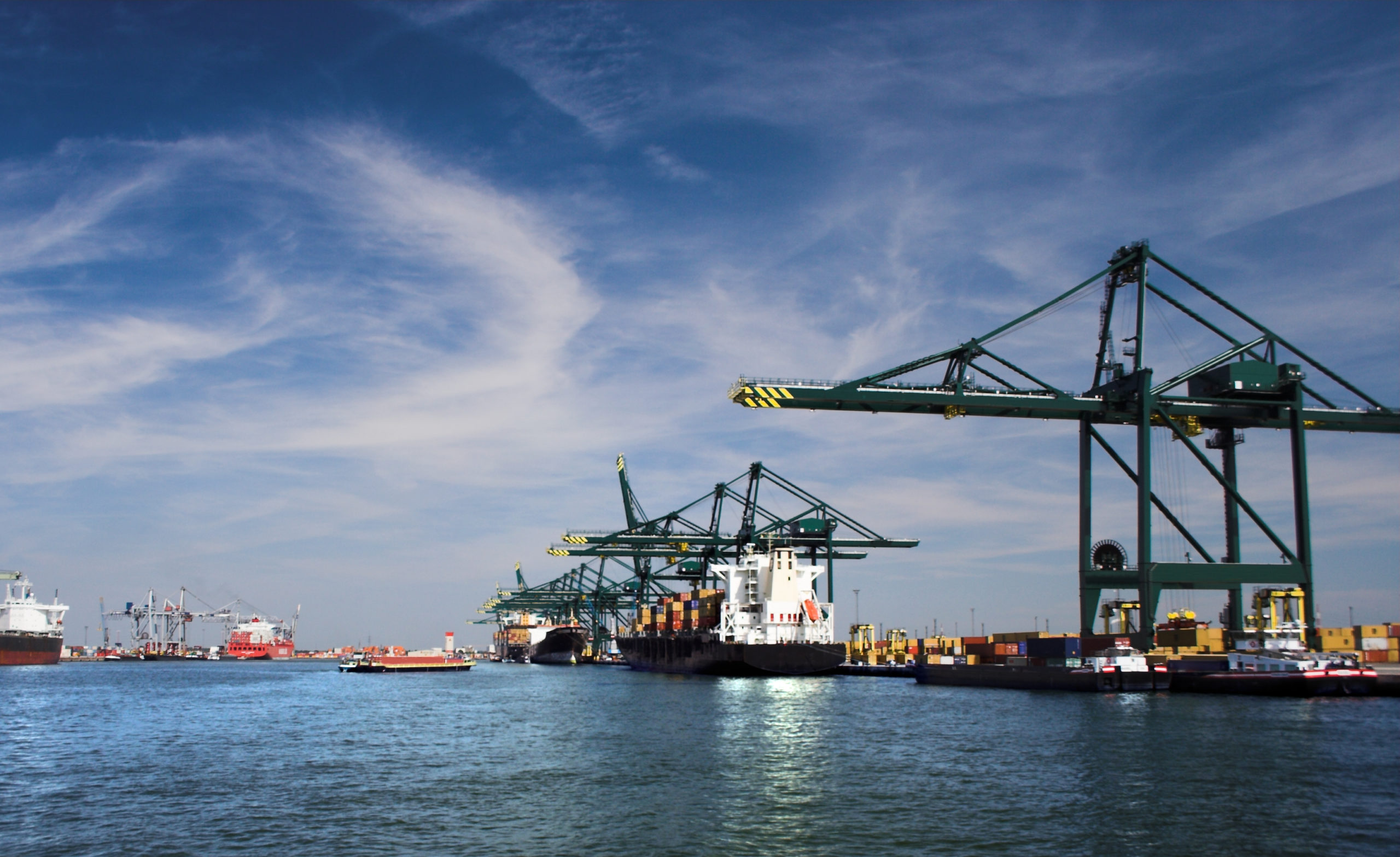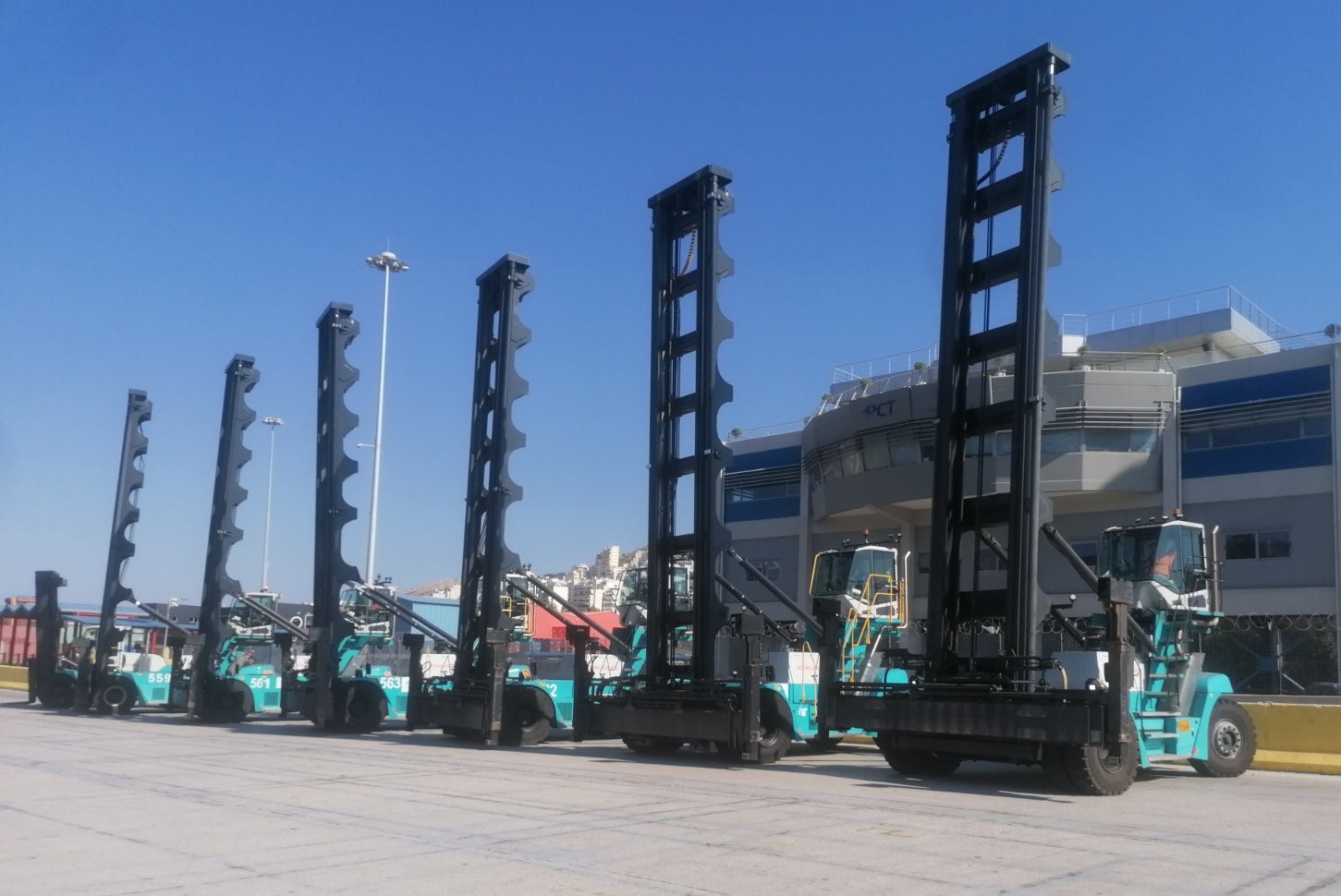Methanol (CH₃OH) as a commercially and technically viable marine fuel is gaining greater traction over other alternative bunkers, including LNG, as more shipowners adopt the clean burning fuel as price spreads narrow and production ramps up.
Speaking at a virtual conference last week, Greg Dolan, CEO of the Methanol Institute, a trade body whose shipowner members include Maersk, Stena Bulk, MSC, MOL and Oldendorff Carriers, predicts that methanol production costs will fall to become more competitively priced than traditional diesel bunker and other alternative fuels.
Dolan suggested that the move to CH₃OH would also help shipowners avoid the proposed carbon tax on diesel, which could be between US$250 and $450/t of CO2.
“There’s a call by many including the world’s largest shippers for a carbon tax on diesel fuels. That would dramatically change the pricing picture for marine fuels and the only available alternative fuel options today are advanced biofuels, LNG and methanol.”
As a transitional fuel, methanol is supported by the International Maritime Organization in its recent adoption of safe handling guidelines under the IGF Code for low flashpoint fuels.
“This has been an important milestone in the growth of methanol as a marine fuel,” Dolan said. “And while LNG paved the way for methanol, methanol adoption can be a model for ammonia and hydrogen in the future.”
According to Dolan, CH₃OH production increased last year to 100Mmt, doubling production in a decade. He said production could reach 500Mmt by 2050, as predicted in a joint Methanol Institute/International Renewable Energy Agency report released earlier this year.
Little time left to wait
Commenting on those shipowners that have already announced plans to include methanol within their fuel pool, Dolan told attendees at the Maritime AMC-organised Alternative Fuels webinar that first movers, such as Maersk, understand “there is little time left to wait on potential solutions that might fulfil 100% of their 2050 goals. They know we don’t have 30 years to wait.”
Maersk announced in March that its first CH₃OH-burning vessel will launch in 2023, seven years ahead of schedule. The company also mooted an order for twelve 15,000TEU methanol-fuelled containerships.
Another advocate is Proman Stena Bulk. The joint venture between shipowner Stena Bulk and CH₃OH producer Proman is planning to build six 50,000dwt tankers with methanol dual-fuel engines for delivery in 2023.
A further three vessels owned solely by Proman, scheduled for delivery in 2022 and 2023, will be traded globally for shipping chemicals and clean petroleum products.
Anita Gajadhar, Managing Director Proman Marketing, Logistics and Shipping, said: “For us, methanol is a proven fuel capable of meeting the shipping industry’s carbon reduction targets. When you look at the long-term pricing, it is competitive when compared to alternatives, like MGO. It is easy to bunker, it is safe to bunker, and it is widely available as bunker in 122 ports.”
Gajadhar claimed that methanol is currently being traded at a price lower than LNG in some ports, and is less to bunker than biofuel, currently traded at US$1,200/t or more.
“Methanol is actually going to be a little bit cheaper than some of the biofuels that are available in the market today…. In terms of CAPEX, it is also a lot cheaper to modify vessels for methanol than it is for LNG,” she said.
Lower build costs
Methanol-fuelled newbuilds also cost less than a LNG-burning ship, according to engine builders MAN Energy Solutions and Wärtsilä.
Kjeld Aabo, Director New Technologies two-stroke promotion, MAN Energy Solutions, told attendees that a 54,300m3 capacity product tanker running a methanol-fuelled engine would add about 10% to the newbuild price. The same vessel running on LNG would cost 22% more than a conventional HFO-burning ship.
The engine builder, which first unveiled and tested a CH₃OH dual-fuel engine in 2016 and has a current orderbook of 23 ME-LGIM engines, said methanol combustion emits 8% less CO2 than an HFO Tier II engine.
SOx emissions are reduced by 97% and NOx up to 60%. And since the methanol molecule contains no carbon-carbon bonds, it does not produce particulate matter or soot when burned resulting in smokeless operation
“I really believe there will be a big market for methanol in the future and the technology on the engine side is there,” said Aabo.
Toni Stojcevski, General Manager, Project Sales & Development, Wärtsilä, agreed but warned “if we are going to be compliant in 2050, with a 50% reduction in greenhouse gas emissions, then we need to prepare and start executing today.”
While Wärtsilä introduced a CH₃OH engine in in 2013, Stojcevski revealed that the engine builder expects to have an ammonia-fuelled engine operating next year and a pure hydrogen engine in 2025. The company also plans to launch a new methanol-burning engine based on its proven W32 series in late 2023. This will be available for newbuilds and retrofit.
Closing the webinar Dolan said: “Methanol engines are available. The fuel is available. The infrastructure is there and it’s affordable. We can act now.”











